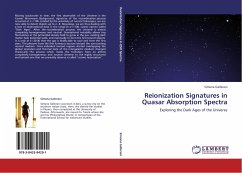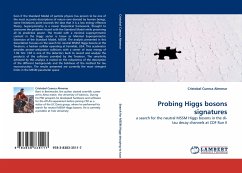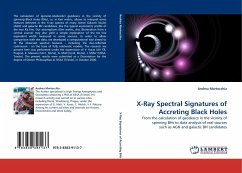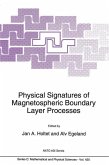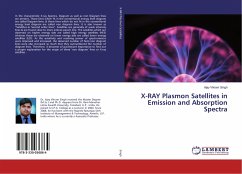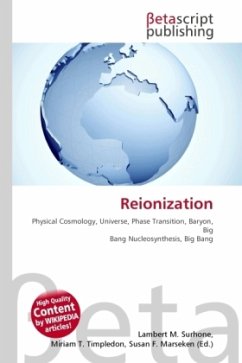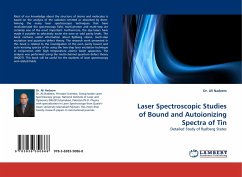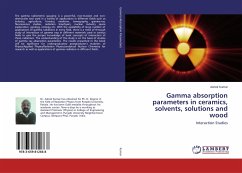Moving backwards in time, the first observable of the Universe is the Cosmic Microwave Background, signature of the recombination process occurred at z~1100. Limited by the sensitivity of current telescopes, we are now able to detect objects up to z~8. Nowadays, we are thus dealing with a lack of observational data in the range 8z1100, cosmic epochs called Dark Ages . After the recombination process, the Universe is almost completely homogeneous and neutral. Gravitational instability allows tiny fluctuations in the primordial density field to grow in the pre- existing dark matter halo potential wells, and eventually to form the first bound objects. It is only at z 20-30 that the gas is finally able to cool and form the first stars. The photons from the first luminous sources ionized the surrounding neutral medium. Once individual ionized regions started overlapping the global ionization and thermal state of the intergalactic medium changed drastically. The process which marks thetransition from an almost completely homogeneous and neutral Universe to the highly structured and ionized one that we presently observe is called cosmic reionization .
Bitte wählen Sie Ihr Anliegen aus.
Rechnungen
Retourenschein anfordern
Bestellstatus
Storno

